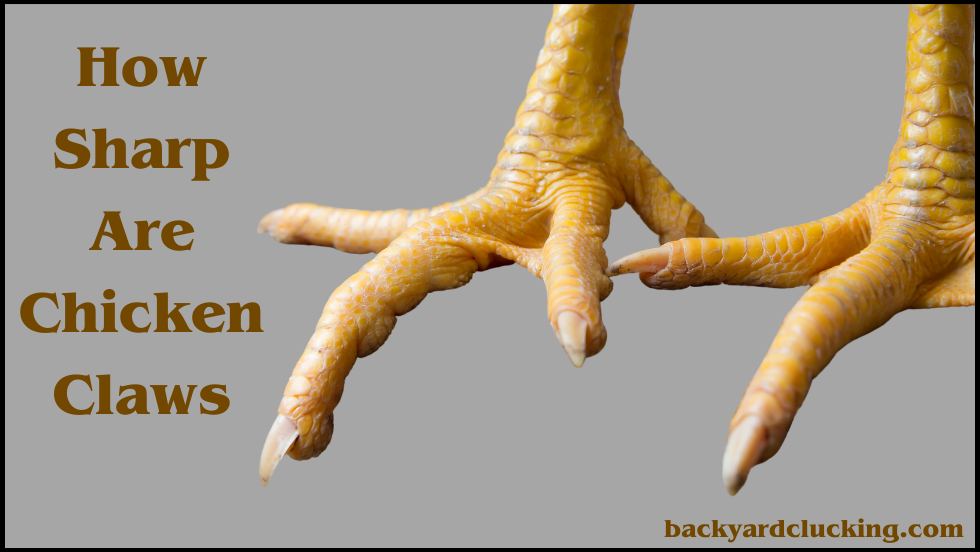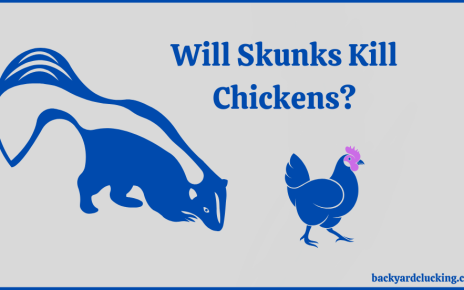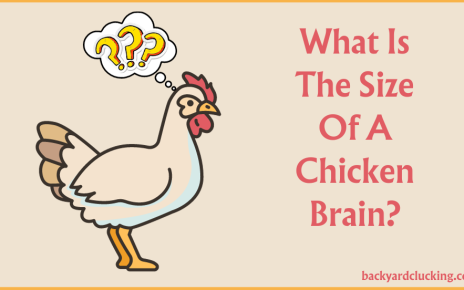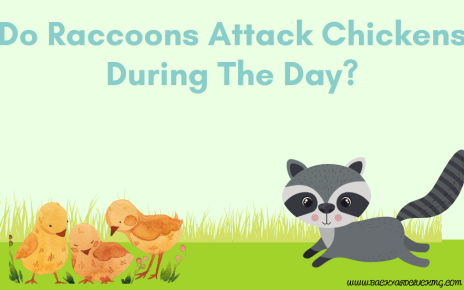As a research analyst, I have thoroughly reviewed the physical characteristics, pertinent literature, and associated factors contributing to the sharpness of chicken claws.
This comprehensive analysis aims to provide valuable insights into safe handling practices, potential applications, and the overall understanding of the unique properties of these claws.
Physical Characteristics of Chicken Claws
Length & Thickness
Chicken claws vary in length depending on the breed, age, and overall bird health. Measurements can range from 1 cm to 4 cm for adult chickens. Typically, the length and thickness increase with the age of the chicken, from hatchlings to adults.
Material Composition
The primary material of chicken claws is keratin, a fibrous protein also found in hair, nails, and other animal structures. It provides strength and durability to the claws, accompanied by a natural growth process where the older outer layer sheds, revealing a sharper inner layer.
How Sharp Are Chicken Claws?
Perhaps surprisingly, chicken claws are amazingly sharp! As you might already know, these little birds use their claws for various essential activities, such as roosting, foraging, and defending themselves against predators. But what you might need to realize is just how sharp their talons really are.
Scientists have found that the tips of chicken claws contain a dense network of keratin fibers, which give them incredible strength and durability. Even though they’re tiny, chicken claws can easily pierce through skin or fabric with just a single swipe.
So the next time you see a chicken scratching around in the yard, take note of those impressive claws – they might surprise you.
Chicken claws’ sharpness is determined by their layers’ arrangement and mineral composition. The outer layer consists mainly of calcium and magnesium salts, which are essential for nail growth but can impair a claw’s sharpness.
Consequences of Sharp Chicken Claws
The sharpness of chicken claws can cause injury if not handled properly. Birds with longer and thicker claws are more likely to cause lacerations, while those with shorter and thinner claws can cause more minor scratches.
Therefore, it is essential to take safety precautions such as wearing protective clothing when handling chickens and using tools to minimize contact between human skin and the chicken’s claws.
Potential Applications of Chicken Claws
The sharpness of chicken claws has potential applications in a variety of fields, including agriculture.
Research Sources
To gather information regarding the force, pressure, and puncture capabilities of chicken claws, a variety of sources were consulted, including:
1. Existing records: Historical records and case studies offer valuable context on chicken claws injuries or encounters in domestic and farming environments.
2. Expert opinions: Veterinarians and animal behaviorists provide insights into the anatomical, functional, and potential hazards of chicken claws in their interactions with humans and other animals.
3. Relevant literature: Academic research and publications present data on chicken claws’ force, pressure, and puncture capabilities.
Variables Affecting Sharpness
Factors influencing the sharpness of chicken claws include:
1. Age: The sharpness of chicken claws increases as the chicken ages, with older chickens generally having sharper claws.
2. Breed: Some chicken breeds have sharper claws than others, which can be attributed to genetic predispositions and the breed’s intended purpose (egg-laying, meat production, etc.).
3. Environmental factors: Factors like terrain, diet, and exercise can impact the growth and sharpness of chicken claws, as they will naturally wear and maintain their claws through daily activities.
Handling Recommendations
To handle chicken claws safely:
1. Wear appropriate protective gear like gloves to minimize direct contact with the claws.
2. Restrain the chicken properly while ensuring its comfort, reducing its chances of making sudden movements.
3. Be mindful of the chicken’s behavior and body language to avoid a potential attack preemptively.
Potential Applications and Industry Uses
Despite the level of sharpness, chicken claws have limited applications, particularly in direct product use. However, they can contribute indirectly in different ways:
1. Keratin extraction: The keratin found in chicken claws can be extracted and utilized in various industries such as cosmetics or pharmaceuticals.
2. Eco-friendly composting: Claws, as part of chicken by-products from the meat industry, can be employed in composting or biogas production, reducing waste and contributing to sustainable practices.
3. Cultural practices and ornaments: In some cultures, chicken claws are utilized for symbolic and decorative purposes.
What is the main difference between claws and talons?
Claws are pointed and curved nails located on the toes or hands of animals. Talons, on the other hand, are sharp and hooked claws predominantly found in birds of prey. Therefore, it can be inferred that all talons are classified as claws, but not all claws can be identified as talons.
Conclusion
In conclusion, chicken claws are incredibly sharp and have the potential to cause injury if not handled properly. Factors like age, breed, environment, and activity can influence the sharpness of a chicken’s claws.
Although direct product use is limited due to their sensitivity, chicken claws can still be employed in industries such as composting, keratin extraction, and ornamentation. Finally, it is essential to note that claws are distinct from talons due to their curved and pointed nature.




